Last week, our technicians were in Germany at two anaerobic digestion plants to carry out cavitation tests with our mobile BioBANG® unit.
FIRST TEST
First test took place at the biogas plant of an agricultural cooperative in eastern Germany where two distinct cavitation tests were carried out:- To evaluate the effect of cavitation breakdown on hay fibers and corn stalks;
- To establish the result of homogenization and mixing on cattle manure with straw in order to compare the viscosity between the original product and the cavitated product with BioBANG®.
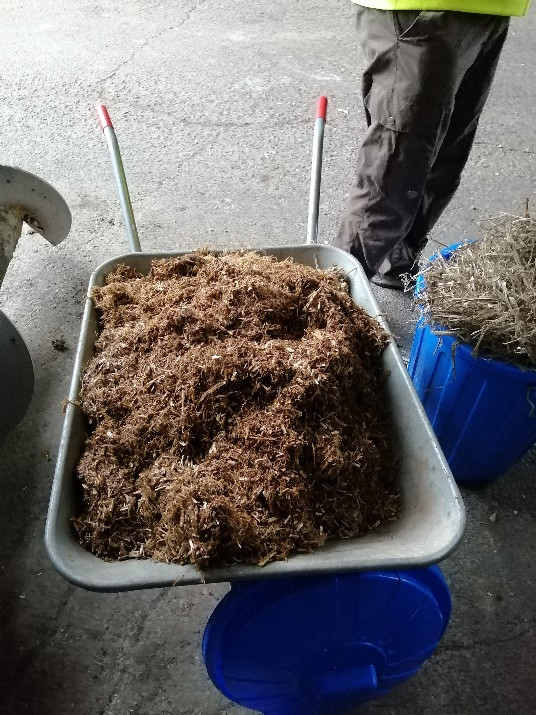
Hay used for the cavitation break-up test
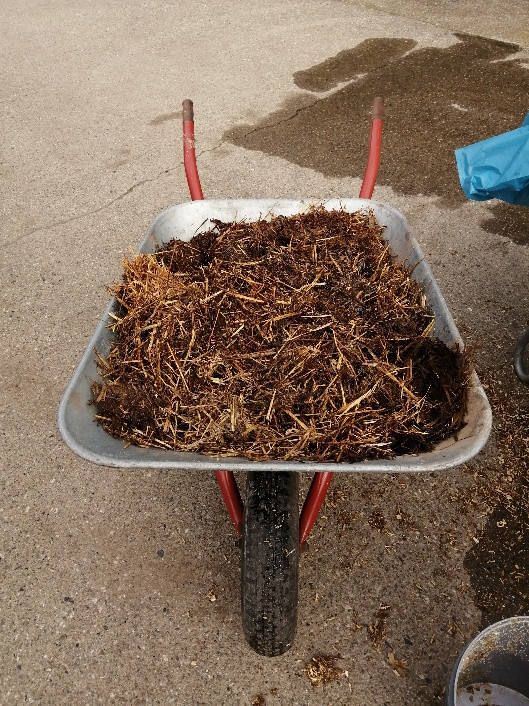
Cow dung used for the cavitation mixing and homogenization test
SECOND TEST
Second test took place on a biomethane plant where we performed several cavitation tests to evaluate the degree of homogenization and mixing of a mixture of different types of manure (cow manure, horse manure and poultry manure) with straw. With these tests we have reduced the viscosity and increased the concentration of solid to optimize the hydraulic management of the plant, reduce the retention time of the straw fibers and increase the gas yield of the plant.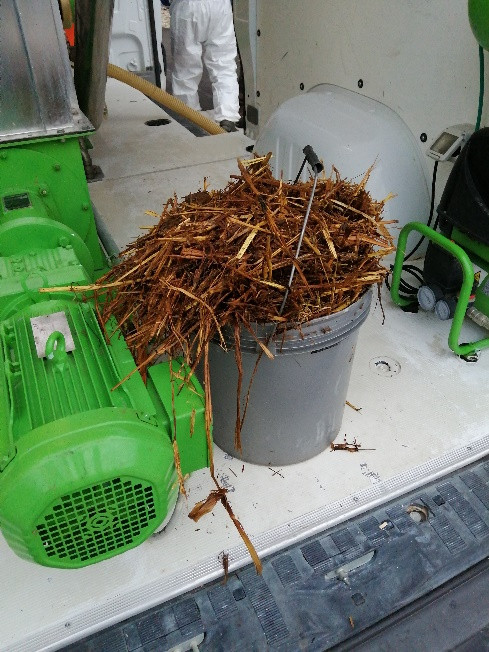
Straw used for cavitation tests
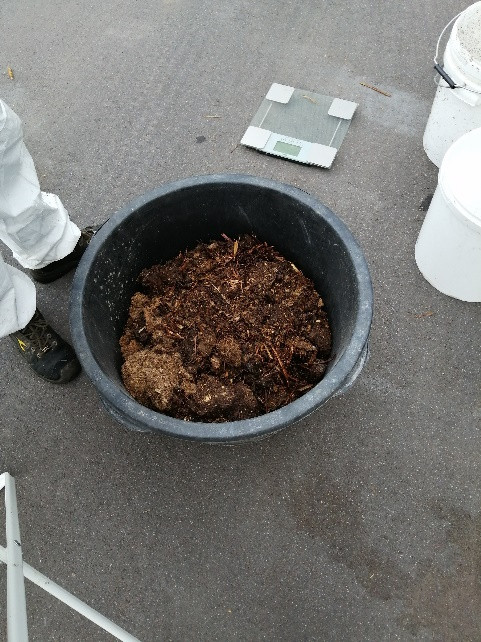
Chicken manure used for cavitation tests
WHAT RESULTS WE HAVE OBTAINED?
Both tests showed the efficiency of the cavitation process expressed by BioBANG® and the speed it brings to the process to generate biogas.
In case of the cavitation break-up test on hay and corn stalks, cavitated sample showed a significantly smaller particle size than the original one. This means that the contact surface for the bacteria is increased, which will then be able to digest the fibers faster, converting them into gas in a shorter time (compared to normal biogas plant’s retention time).
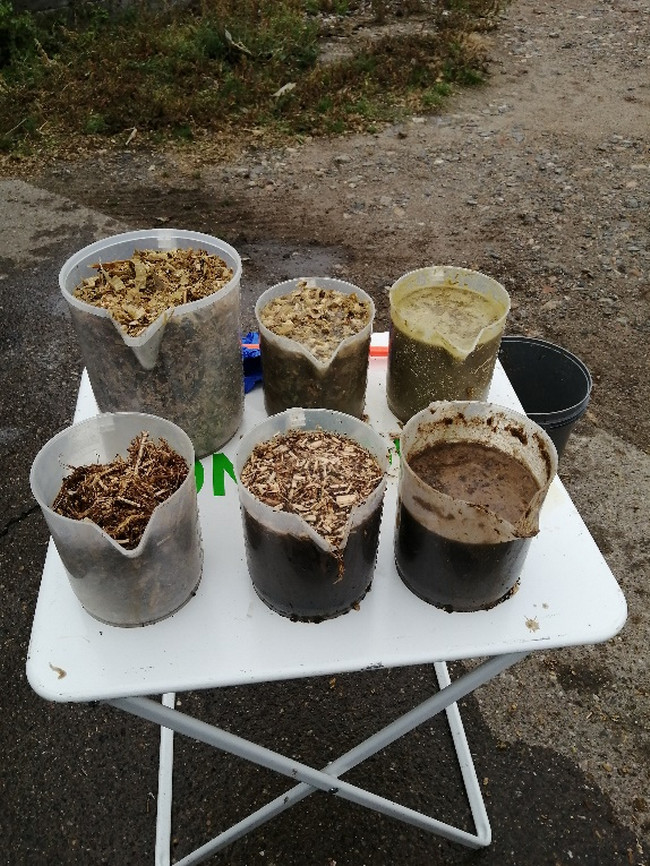
Results of cavitation break-up tests.
Starting from the bottom on the left:
1) Corn stalks, original sample and cavitated with BioBANG®
2) Hay, original sample and cavitated with BioBANG®
In case of cavitation mixing and homogenization tests of cow manure and of the mixture of manures with straw, cavitated sample showed a final viscosity significantly lower than the original sample. This means that inside fermenter, the product will not tend to separate, improving hydraulic management and optimizing the mixer’s energy consumption.
Moreover, once the product’s viscosity has been reduced, it will be possible to reduce dilutions and increase the amount of solid compared to liquid, optimizing the volumes and the retention time of the system, increasing the specific yield in gas and methane.
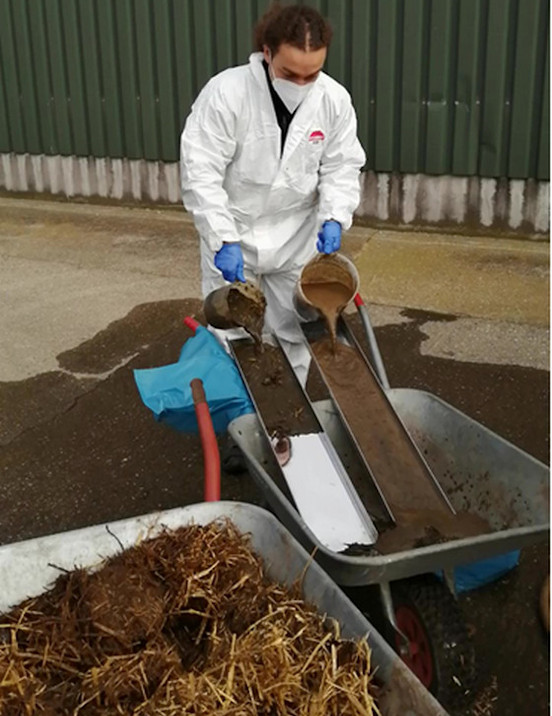
Viscosity test results on cow dung: original (left), cavitated (right) cavitated
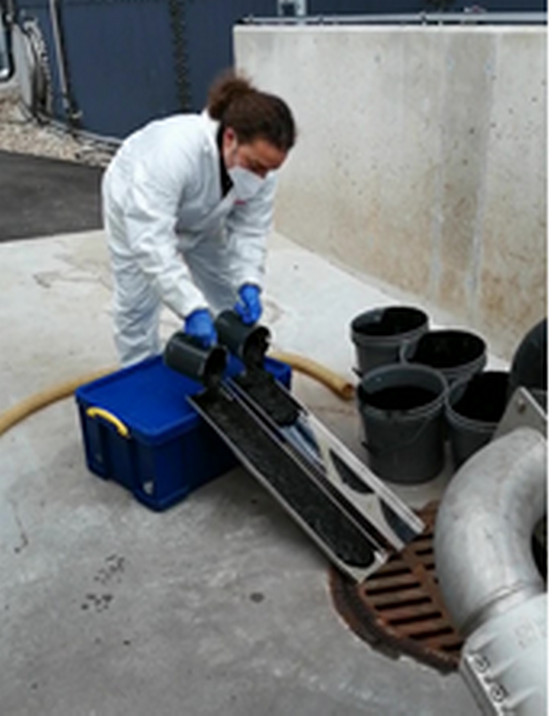
Viscosity test results on manures mixture: orig. (right), cavitated (left)
Are you a biogas/biomethane plant manufacturer who wants to optimize the competitiveness of your projects and their flexibility in waste biomass’s use, or a end customer that wants improve your facility’s efficiency by increasing yield, reducing energy consumption and optimizing the cost of the daily feeding?
Contact us to schedule a demonstration test with our mobile unit at one of yours biogas/biomethane plants or on a facility of your customer
Latest updates
- BioBANG connected to the cogenerator of a biomethane plant
- BioBANG: The unique, innovative and disruptive solution to maximise the efficiency and sustainability of biomethane plants
- Viscosity control: the key to keep the efficiency of your biogas/biomethane plant always high
- Reducing digestate viscosity to optimize the dehydration process in centrifuges
- BioBANG® announces the commissioning of a new unit in France